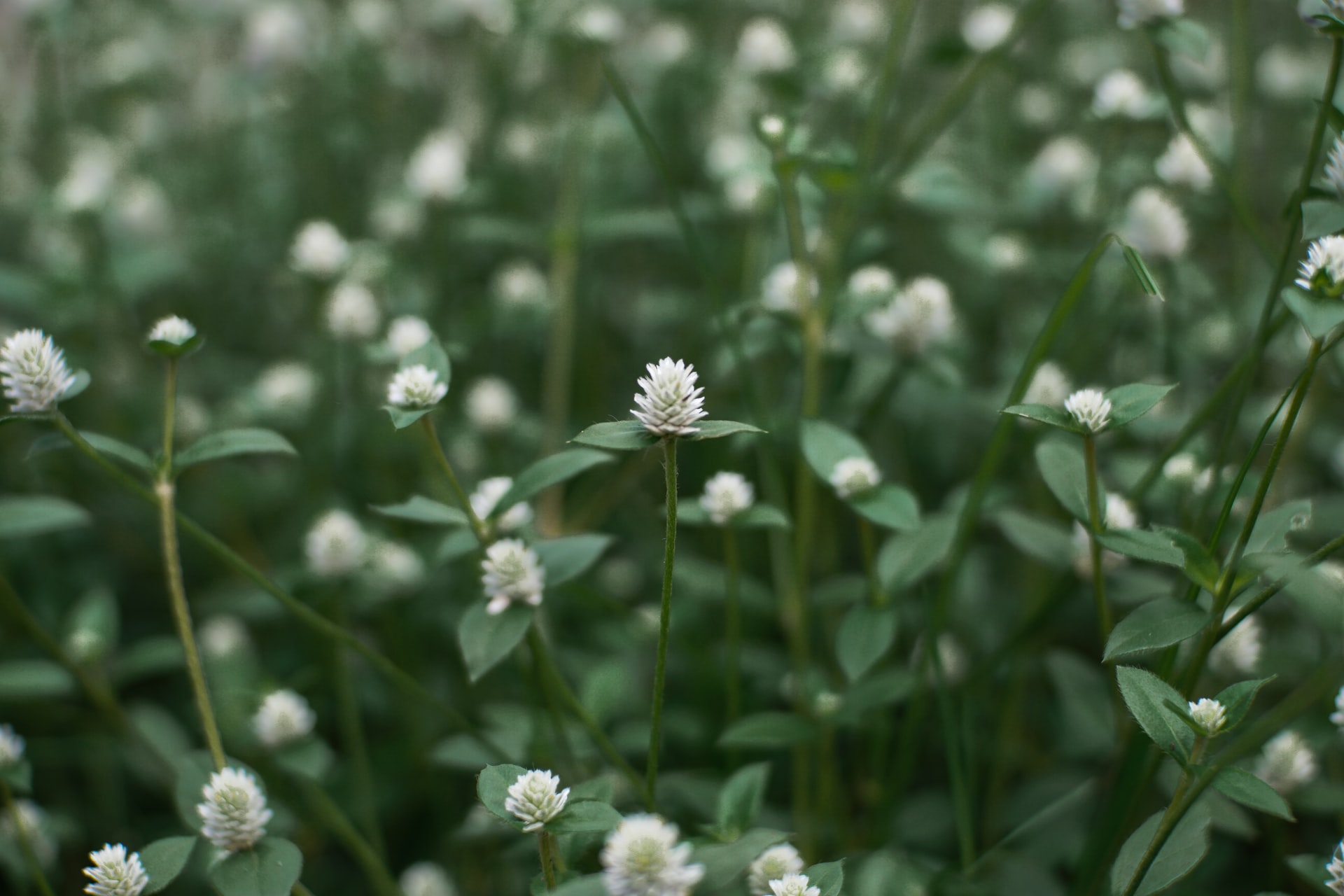Although magnolias do not require extensive pruning, some specific pruning is required while the tree is young, and a yearly clean-up will help the tree to create more grounded branches and a more appealing shape.
Choose Young, Lower Branches if You Want to Control Their Growth
While you won’t be able to control the tree’s shape, you can remove the younger branches to prevent overgrowth on occasion. Look for lower-hanging branches with diameters of 1-2 in (2.5-5.1 cm).
Find the branches that are growing at an unusual angle or that cross with other branches. These are prime candidates for elimination. And, remember to only remove well-established or high-up branches if they are dead or diseased. Large, healthy branches removed can harm your tree and prevent flowers from blooming.
Because magnolias are so sensitive to pruning, any major reshaping or trimming should be spread out over the course of 2-3 years. While this requires some patience, the end result will be well worth it. After the first bloom, you can prune healthy branches immediately after removing dead or diseased branches.
To Open up the Tree, Use Pruning Shears to Cut New Shoots
 Look for thin, young side-shoots sprouting from the main branches. These are extremely thin, typically measuring less than 1 in (2.5 cm) in diameter. Remove them where they meet the branch.
Look for thin, young side-shoots sprouting from the main branches. These are extremely thin, typically measuring less than 1 in (2.5 cm) in diameter. Remove them where they meet the branch.
Trimming off these new shoots will lead to a fall in the tree’s density. They can assist you in creating a more open and appealing tree. However, only target small, new growths.
Using Lopping Shears, Cut off Branches Near the Trunk
Follow the branch all the way back to the trunk. Cut just above the branch collar, which is a slightly wider area where the trunk and the branch come together. To prevent disease, leave about 1 in (2.5 cm) on the branch.
Don’t cut the branches off at the ends. Magnolias have a tendency to water sprout, which means they will produce dozens of smaller stems and branches that are difficult to control. Furthermore, when compared to natural magnolia growth, water sprouting frequently results in an unattractive tree.
Get Rid of the Water Sprouts
Water sprouts are long, scraggly branches that sprout from a branch that has been pruned or broken. They frequently form unsightly clusters. To get rid of them, rub your hand over the new shoots until they break off.
To Avoid Disease, Prune the Tree When It Is Dry Outside
A freshly cut branch can quickly become infected with disease, especially if it is damp or wet. To help prevent this, prune your tree on a dry, sunny day.
If You Need to Use a Ladder, Have Someone Else Spot You
Some magnolia varieties can grow very tall, so you may need to use a ladder to reach the branches. If that’s the case, please make sure that someone else is keeping an eye on you in case you fall and get injured. This person should not be standing in a place where a branch could fall on them.
Make use of safe ladder practices. Before climbing your ladder, make sure it is properly secured and grounded and that you are not exceeding the weight rating.
If the Tree Has a Lot of Dead or Diseased Branches, You Should Hire an Arborist
 While you may be able to cut the lower branches yourself, it is best to hire an arborist to handle any branches that are very high on the tree or very heavy. Any extensive issues that may be affecting the tree can be safely treated by an arborist.
While you may be able to cut the lower branches yourself, it is best to hire an arborist to handle any branches that are very high on the tree or very heavy. Any extensive issues that may be affecting the tree can be safely treated by an arborist.
An arborist can be of great help and treat the tree without pruning too many branches if more than one branch shows signs of disease. Plus, an arborist may advertise tree services or landscaping services.
Additional Tip: While pruning, use protective gloves and goggles. Gloves can protect your hands from splinters and cuts, while goggles keep wood chips out of your eyes. These can be bought at a garden or hardware store.
If you are climbing ladders, you should wear a helmet and have someone act as a spotter.



